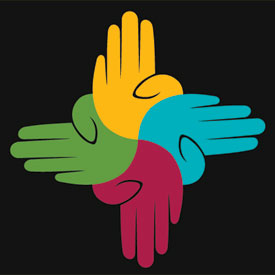
Intercultural couples are increasingly common in the United States. A recent Pew Institute report notes that a record 1 in 12 couples are interracial. Therapists are increasingly treating intercultural couples, and merely using the techniques and interventions of the past can result in ineffective or even harmful therapy.
Therapists need to supplement their training by learning the unique interpersonal characteristics of interracial couples–their issues as well as their strengths. For example, interracial couples often cope with their differences and with societal pressures by minimizing their differences and conflicts. While they may appear to be untroubled and conflict-free, important subterranean issues may be creating interpersonal and intra-psychic tensions that are not readily apparent or that may appear under other diversionary guises. Multicultural competency is considered a core competency by most professional mental health organizations.
More Info:
- Couples who merge, deny or neglect to attend to their individual cultural identities may be headed for trouble.
- Polls show that society increasingly accepts intercultural couples, but this does not mean that the intra-psychic and interpersonal issues tied to each individual’s cultural identity are free from tensions and confusion.
- 8.4% of U.S. marriages are interracial, up from 3.2% in 1980.
- Although Hispanics and Asians are still the most likely to marry someone of a different race, the largest increase since 2008 has occurred among African Americans.
- Over 15% of new marriages are interracial.
- Over 25% of Hispanics and Asians married a spouse of a different race. This compares to 17% of blacks and 9.4% of whites.
- In 2010 43% were white-Hispanic couples, 14% were white-Asian, and 12% were white-African American.
- According to the Pew report, African American males were more than twice as likely as African American women to marry outside their race: the opposite was true for Asians.
- It is important that therapists can competently help multicultural couples not only to deal with their individual cultural differences but also to celebrate them and become aware of the strengths and richness each brings to the marriage.